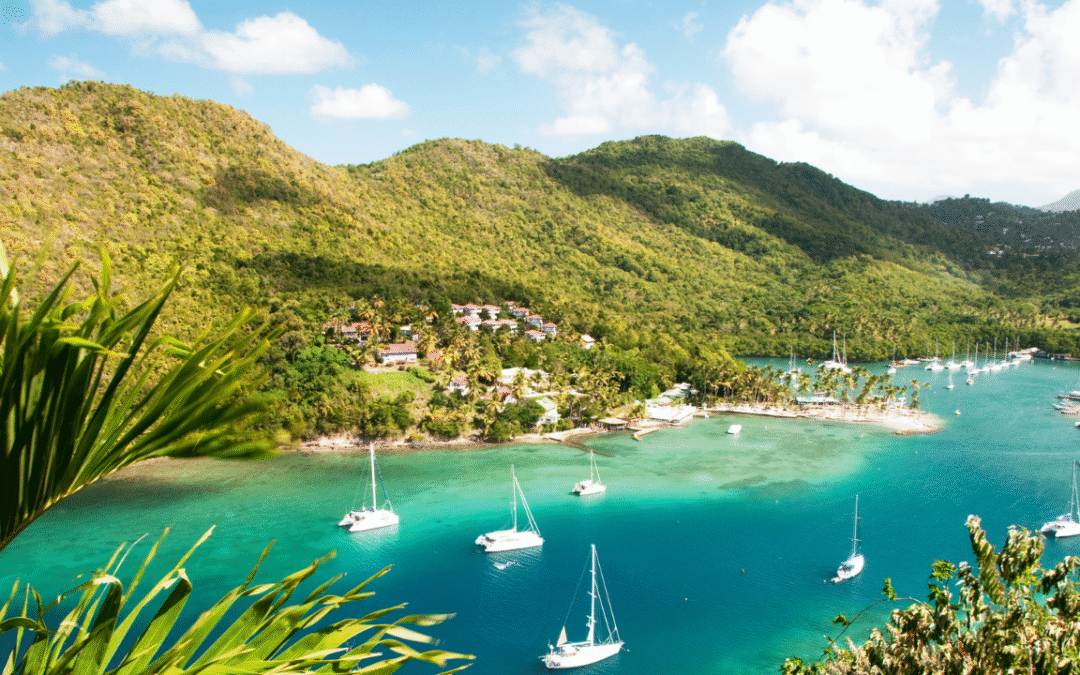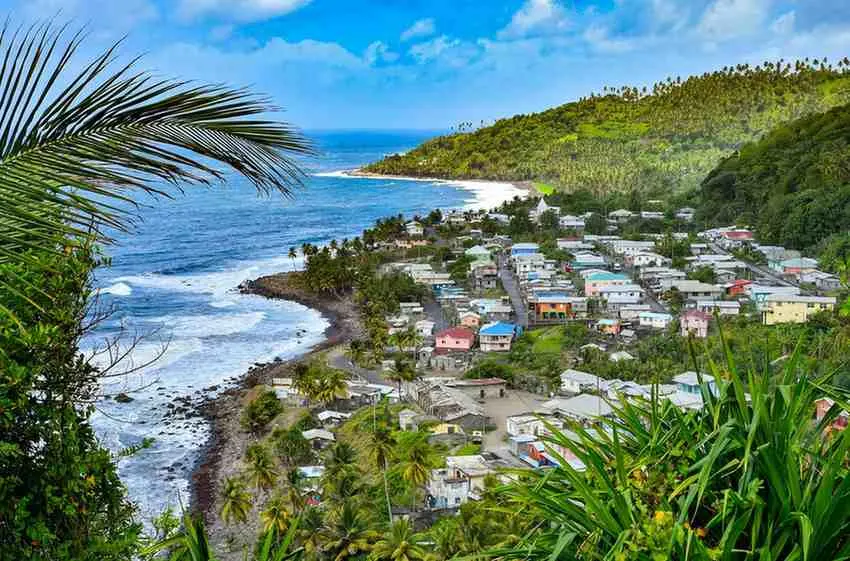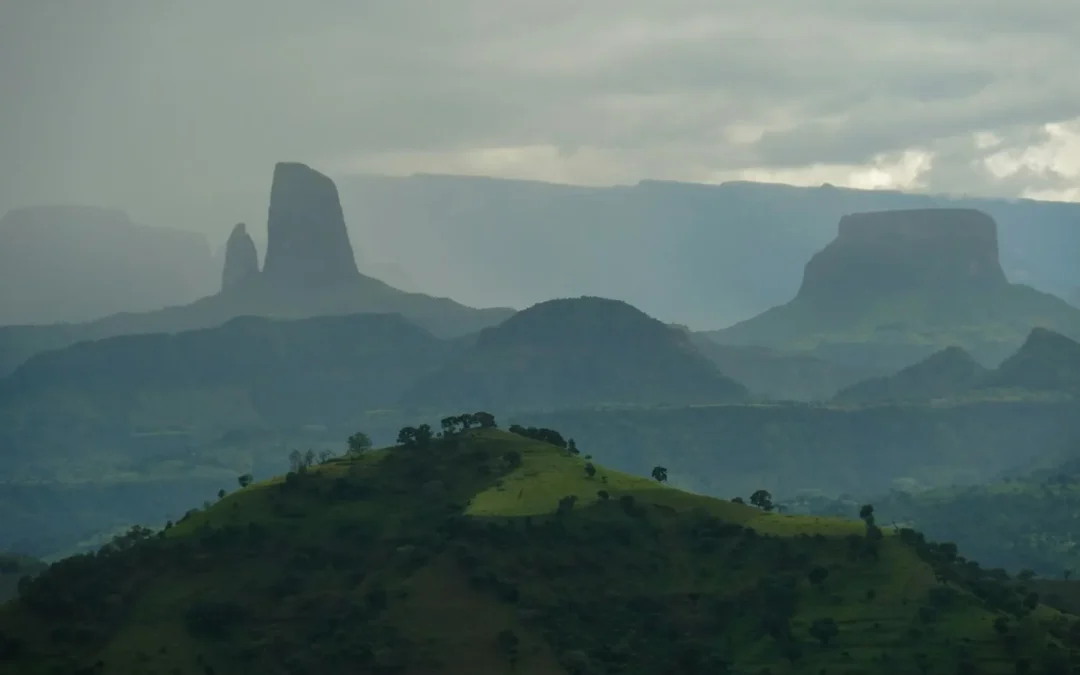Best Time to Visit Hawaii: Alright, let’s talk about Hawaii. You’ve seen the pictures – those perfect beaches, unreal sunsets, and water so blue it doesn’t look real. But here’s the thing nobody tells you straight: when you go makes all the difference between an okay trip and the vacation you’ll remember forever. I’ve learned this through multiple trips across the islands – from getting completely soaked on Kauai’s North Shore to experiencing those perfect days where everything just works.
Let me walk you through what actually matters when planning your Hawaii trip. This isn’t about weather charts – it’s about helping you find your perfect time in paradise.
The Sweet Spot Months: April-May & September-October
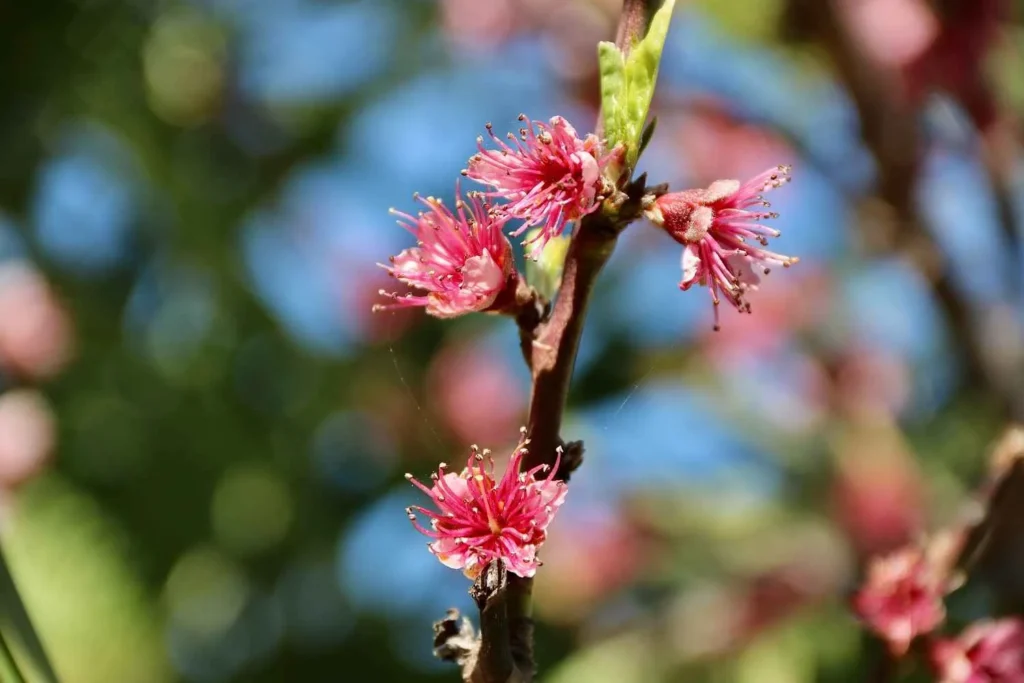
If you’re looking for that magic combination of great weather, fewer people, and prices that won’t make your wallet cry, listen up. These months are Hawaii’s best-kept secret.
I’ll never forget my first May trip to Maui. The weather was absolute perfection – warm enough for swimming but not that sticky humidity that makes you miserable. We actually found parking at popular beaches and could get into restaurants without booking weeks in advance. The best part? Hotel rates were about 30% cheaper than what my friends paid in July.
September is just as good. I spent two weeks on Kauai last September and had entire beaches to ourselves. The ocean stays warm from summer, the crowds have thinned out, and you can actually enjoy those famous Hawaiian sunsets without fighting for space.
These months work because they sit right between the big tourist rushes. You get Hawaii’s best weather without Hawaii’s biggest crowds.
Peak Season Reality Check: December-March & June-August
Now let’s talk about when everyone else shows up. Winter (December-March) and summer (June-August) are when Hawaii gets packed.
Winter brings all the snowbirds escaping cold weather plus surfers chasing those famous North Shore waves. I watched the Triple Crown surfing competitions once – amazing energy, but you couldn’t find a hotel room for miles unless you booked six months ahead.
Summer is the family season. The weather’s great, but you’ll be sharing everything with what feels like half the planet. I made the mistake of trying to book a last-minute trip in July once. Let’s just say I learned about Hawaii’s peak prices the hard way.
The upside? Everything’s open and running full tilt. All the tours operate, restaurants have their full menus, and there’s always something happening.
Rainy Season Truth: November-March
Here’s what you need to understand about Hawaii’s weather: winter months are wetter, especially on the north and east sides of the islands.
I visited the Big Island in February and got a real education. The Hilo side was getting daily rain showers (heavy but usually short), while the Kona coast was sunny and perfect just an hour away.
A rainy season doesn’t mean it rains all day every day. You’ll get showers, but also plenty of sunshine. This rain is what keeps Hawaii so incredibly green and beautiful. If you don’t mind some showers and want better deals, November and March can be great months.
Island Weather Secrets

This is the most important thing to know: every Hawaiian island has multiple weather patterns. You can have completely different weather on different sides of the same island.
Oahu’s North Shore gets huge winter waves while Waikiki stays relatively calm. The east sides tend to be greener and rainier than the west sides on most islands.
Kauai has one of the wettest spots on earth (Mount Waialeale), while areas nearby get much less rain. The Big Island alone has 10 different climate zones – from tropical beaches to actual snow on the mountains.
No matter when you visit, you can usually find good weather somewhere on your chosen island. It’s about knowing where to go each season.
Whales and Waves
Two natural events really affect when you should visit:
Whale watching season runs from December through April, peaking January-March. Seeing humpback whales breach off Maui’s coast is something you’ll never forget. If this is important, plan your trip during these months.
Big wave season on Oahu’s North Shore is November-February. Even if you’re not a surfer, watching these massive waves is absolutely incredible.
Local Events Worth Planning Around
Hawaii’s festival calendar offers another way to time your visit. The Merrie Monarch Festival in April is the Olympics of hula – an amazing cultural experience if you can get tickets.
There are food festivals, coffee celebrations, and cultural events throughout the year. These can make your trip extra special, but they also draw crowds, so book early.
Making Your Choice
So when should you actually go? It depends on what matters most to you:
Want the best balance of everything? April-May or September-October
Whale watching your priority? January-March
Want to see big waves? November-February on North Shore
Traveling with kids in summer? June-August works but book early
On a budget? April-May and September-October offer best value
Into cultural events? Check the festival calendar first
Final Advice from Someone Who’s Been There
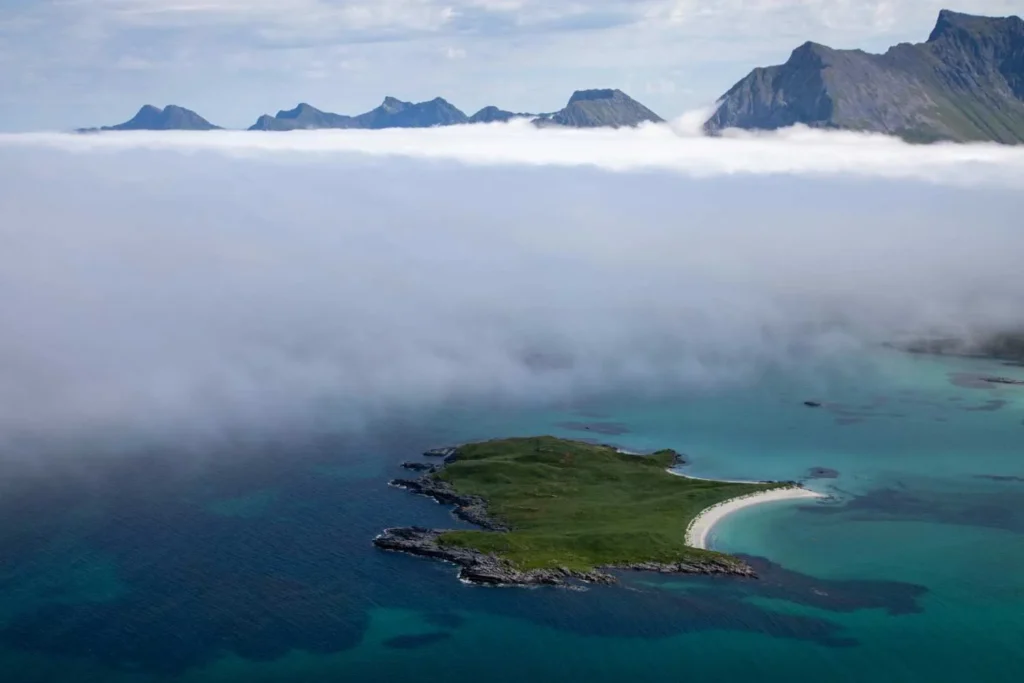
Here’s my honest take after multiple Hawaii trips: there’s no truly bad time to visit. Even the rainiest day in Hawaii beats the sunniest day in most other places.
I’ve had amazing experiences in every season – from watching winter waves on the North Shore to perfect summer sunsets at Waikiki. What matters most is matching your expectations with each season’s reality.
If you want guaranteed dry weather, stick to the west sides during drier months. If you don’t mind some showers, you’ll get better deals during the wetter season.
However you experience Hawaii, please respect the land and culture. Learn a few Hawaiian words, understand what aloha really means, and take time to appreciate the incredible natural beauty.
Bring your patience, your sense of adventure, and get ready to fall in love with these islands. Hawaii has a way of getting into your soul and calling you back. However you choose to experience it, you’re in for something special.

